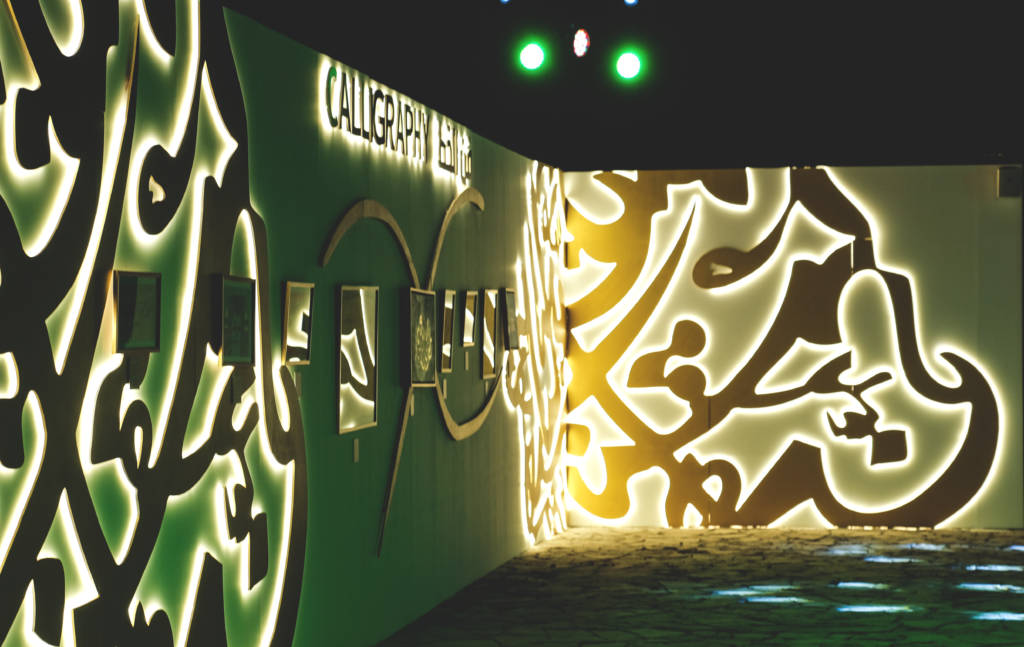The World Calligraphy Day is observed every year on the second Wednesday of August to promote calligraphy, a visual art related to writing.
Calligraphy is a visual art related to writing. It is the design and execution of lettering with a pen, ink brush, or other writing instrument. A contemporary calligraphic practice can be defined as “the art of giving form to signs in an expressive, harmonious, and skillful manner”.
Islamic calligraphy (calligraphy in Arabic is khatt ul-yad (خط اليد) and in Persian is Khosh-Nevisi (خوشنویسی) has evolved alongside Islam and the Arabic language. As it is based on Arabic letters, some call it: “Arabic calligraphy”.
However the term “Islamic calligraphy” is a more appropriate term as it comprises all works of calligraphy by Muslim calligraphers of different national cultures, like Persian or Ottoman calligraphy, from Al-Andalus in medieval Spain to China.
Islamic calligraphy is associated with geometric Islamic art (arabesque) on the walls and ceilings of mosques as well as on the page or other materials. Contemporary artists in the Islamic world may draw on the heritage of calligraphy to create modern calligraphic inscriptions, like corporate logos, or abstractions.
Instead of recalling something related to the spoken word, calligraphy for Muslims is a visible expression of the highest art of all, the art of the spiritual world. Calligraphy has arguably become the most venerated form of Islamic art because it provides a link between the languages of the Muslims with the religion of Islam.
The Qur’an has played an important role in the development and evolution of the Arabic language, and by extension, calligraphy in the Arabic alphabet. Proverbs and passages from the Qur’an are still sources for Islamic calligraphy.
Wikipedia

